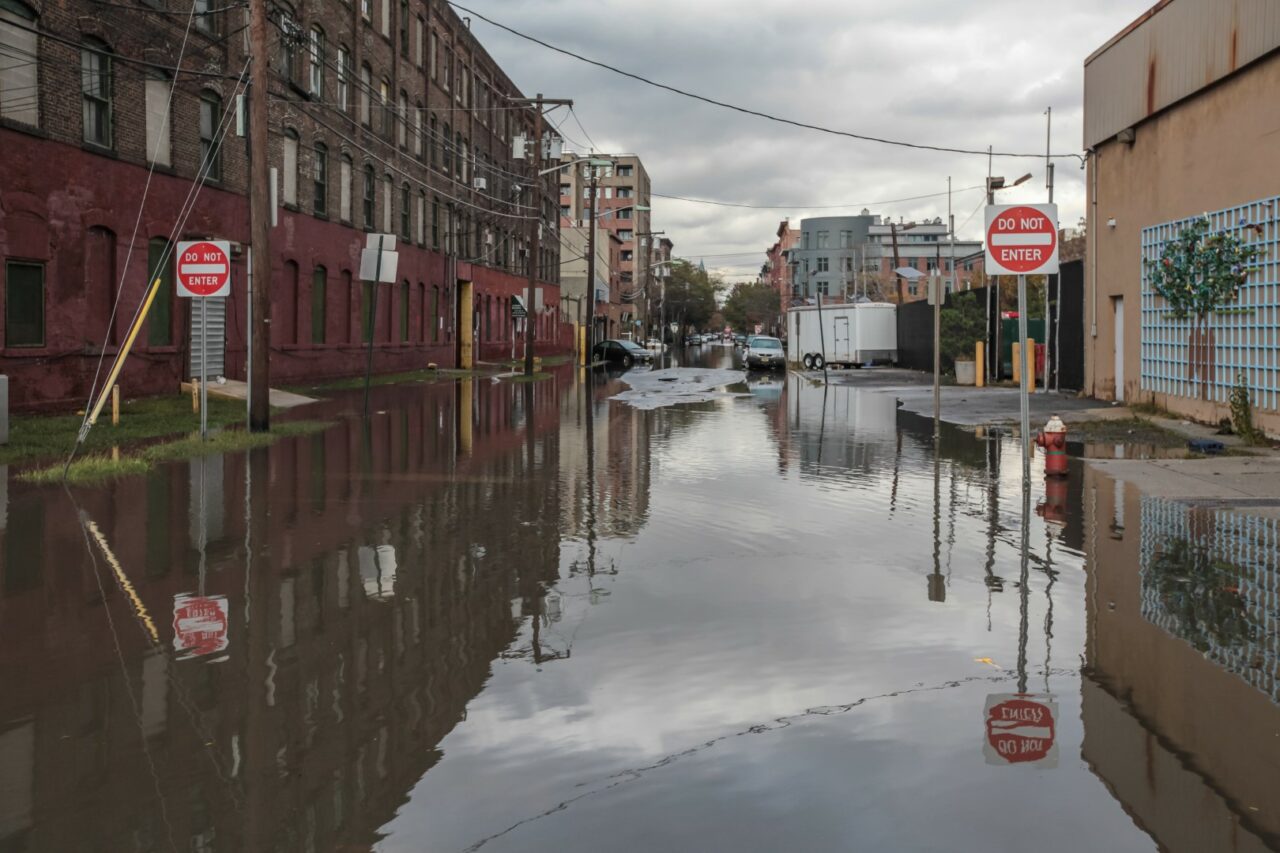
Peak hurricane season is fast approaching, but a different kind of storm is brewing.
Across the country, a significant shortage of labor and construction materials, particularly lumber, and supply chain issues have sent building costs through the roof.
According to a recent white paper by the American Property Casualty Insurance Association, the supply and demand issue will likely be exacerbated if a hurricane strikes and causes widespread damage, leading to higher costs and longer reconstruction time frames.
After a storm, homeowners may find they do not have enough insurance coverage to rebuild, which is why it is critical to review policies now to prevent underinsurance and take steps to mitigate potential damage.
The demand for skilled contractors and construction materials to build new homes and complete home remodeling projects collided with the end of a record-breaking year for catastrophe losses in 2020. Thousands of homes across the U.S. needed to be reconstructed following devastating hurricanes, wildfires, and other catastrophic events last year, but materials and labor supply simply could not keep up with the increased demand in the middle of the pandemic.
Lumber has been one of the most affected materials, with the price of lumber skyrocketing by a whopping 400% to $1,600 per thousand board feet in May from $400 early last year.
The prospect of another active hurricane season further straining the imbalance between supply and demand and leaving homeowners with a more challenging post-storm recovery is concerning. Forecasters at the National Oceanic & Atmospheric Administration recently updated their hurricane season projections to 15 to 21 named storms, including seven to 10 hurricanes of which three to five could reach major hurricane status.
As a potential harbinger of things to come, Hurricane Elsa was the earliest forming fifth named Atlantic storm on record — beating the previous record that was set during last year’s hyperactive season.
Peak hurricane season begins in mid-August, so before activity in the Atlantic heats up, homeowners and business owners need to review their insurance policies to make sure they have the right amount and right types of coverage, so they are better protected under these unique market conditions.
If your property does sustain damage, there also could be delays in repair times.
For starters, ask your insurer or insurance agent if your policy pays replacement cost coverage, which is the amount necessary to rebuild your home with materials of like kind and quality and replace your personal belongings or actual cash value coverage, which takes depreciation into account.
Also, check to see if your policy includes optional features such as coverage for building code upgrades, annual inflation adjustment and extended replacement cost, which increases the coverage available to rebuild your home when labor and materials costs skyrocket after a natural disaster.
Finally, check if your policy includes optional higher limits of additional living expense coverage, which helps cover hotel and food costs if a longer time frame is needed to rebuild your home.
Additionally, consider your need for flood insurance, which is essential in Florida. Flood damage is not covered under a standard homeowners insurance policy, but coverage is available as a separate policy through the National Flood Insurance Program or the private market, although some insurers may offer it as an endorsement to the homeowners policy.
Insurers are also encouraging property owners to mitigate potential damage, which could help bend the loss curve and ease pressure on costs.
Steps like trimming trees and shrubs away from the house, inspecting your roof and making repairs to loose or damaged shingles, securing loose gutters, and sealing gaps and cracks around windows and doors to prevent water intrusion are just a few things you can do to make your home more resilient against storms.
Bigger ticket items include installing a wind-rated garage door or hurricane shutters.
With more storms likely on the horizon and rebuilding costs not expected to return to normal anytime soon, these actions and additional policy features may provide significant value and added financial protection if supply and demand issues complicate and delay post-storm recovery efforts.
___
David Sampson is president and chief executive officer of the American Property Casualty Insurance Association.



